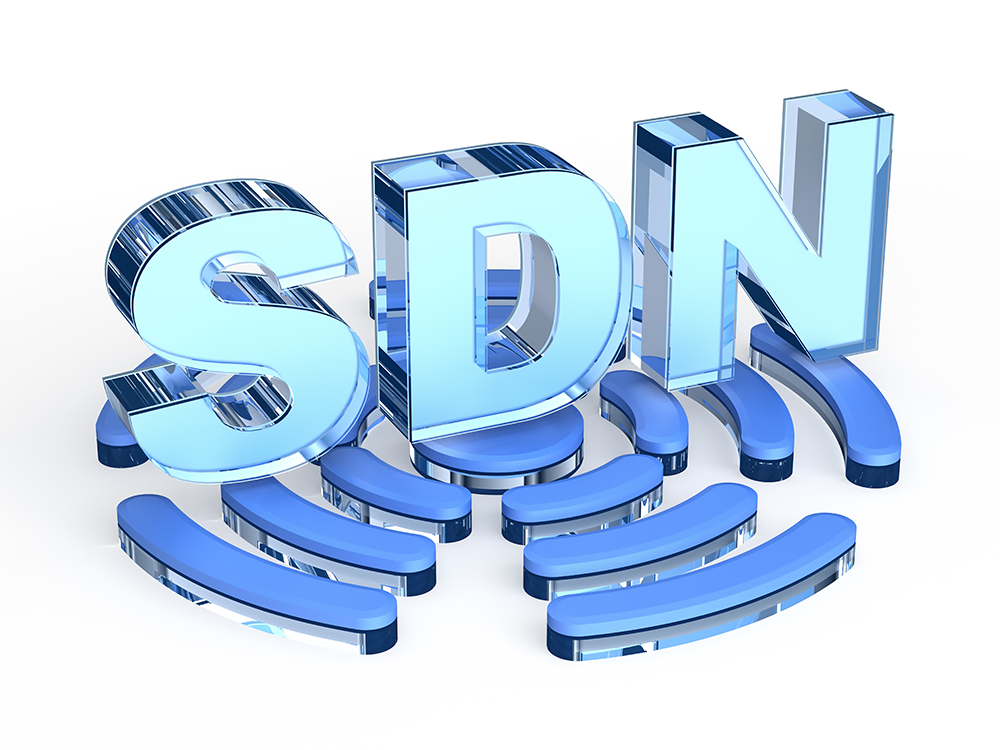Software-defined networking is an important enabling technology for the digital workplace. It enables a network infrastructure that is more reliable, agile and cost-efficient than legacy networks, making it ideal for today’s cloud and mobile era.
With SDN seen as the future of enterprise networks Ashraf Sheet, Regional Director, Middle East and Africa at Infoblox, gives his opinion on the factors that need to be considered before making the move to SDN and its impact in the Middle East.
What questions need to be addressed before making the move to SDN?
When it comes to trends, I like to draw the analogy between technology and fashion – what is in vogue one day is out the next (and sometimes back in again). The point I am trying to make is that in the technology world, we shouldn’t just adopt trends because they are cool.
There always has to be a business case – the trend needs to cause sufficient disruption in productivity or in the way we do business and the current economics before we decide to adopt the new technology.
So to that end, before an organisation decides to make the transition to SDN, it should take into account three critical considerations:
Firstly, the organisation should define exactly what SDN means for its enterprise – what is the disruption that it will cause, how does it map to what is already available on the market today and finally and probably most importantly what will be the benefits of making the switch to SDN.
Secondly, with the adoption of SDN, there is a blurring of lines between applications and services and the networks that they ride on. This will require new organisational models in terms of accountability, responsibility and governance. The organisation needs to determine if it is culturally agile enough to be able to realign internal teams to meet these requirements.
Finally, SDN is a multi-vendor, multi technology platform and the organisation needs to ensure that the SDN vendor it chooses can support a rich ecosystem of integration and interoperability.
Are businesses adopting SDN in the Middle East at the same rate as other regions?
To me, there are two parts to SDN – first is the virtualisation of functions that we used to get in hardware and the second is bringing these functions together to deliver a co-ordinated service via a controller that focuses on policy and business needs rather than bits and bytes.
For many enterprises in the Middle East, SDN is in its infancy as they are still in the virtualisation stage. Moreover, this virtualisation is specifically in the computing and storage space but we have some work to do in the networking space because while the technology is there, the ecosystem and architecture isn’t mature yet.
I think we have the opportunity in the Middle East to leapfrog other parts of the world as we don’t have a lot of legacy infrastructure and as a result the transition and migration isn’t as complicated.
How do businesses stand to benefit when migrating to SDN?
There are two key business benefits:
1) Agility – Unlike traditional networks that required the setting up of physical racks, with SDN, you basically have drawers of services – storage, compute, security, memory etc. Organisations can access these drawers and pull information elements as and when they need in order to respond to a specific market shift, business unit need or a market trend, something that would be impossible with the current archaic IT infrastructure.
2) Efficiency – Approximately 80% of IT budgets are spent on keeping the lights on. By switching to SDN, organisations can optimise capabilities of commoditised hardware which translates to lower CapEx. Also, many of the mundane and manual network administration tasks can be automated which should translate in to lower OpEx. These CapEx and OpEx savings can be ploughed back in to the business, be it for technology upgrades or R&D or to focus on other innovations.
What are the potential cons of switching to SDN?
I believe there are two potential pitfalls to switching to SDN.
The first has to do with the timing of the decision to make the switch. Since SDN involves multi-vendors and multi-technologies, if an enterprise switches to SDN prior to the ecosystem being in place, then the onus will be on the enterprise to work with the multiple vendors to create this ecosystem. Thus in most cases, the costs associated with switching too early will negate the cost savings of switching to SDN.
The second potential pitfall is the loss of control and visibility of critical layers of the IT infrastructure, if the organisation doesn’t partner with the right vendors and chooses the right tools. An organisation cannot manage what it cannot see so from that perspective it is important that we don’t neglect the visibility, manageability and control aspect of SDN functions.
Will SDN networks last for the long haul?
SDN holds tremendous promise and there is strong momentum in the industry, but at the same time SDN poses a fundamental disruption to a number of large established technology organisations which could lead to resistance that may either delay its adoption or kill the entire initiative. My personal take is that SDN will definitely become mainstream but it will take some time.


